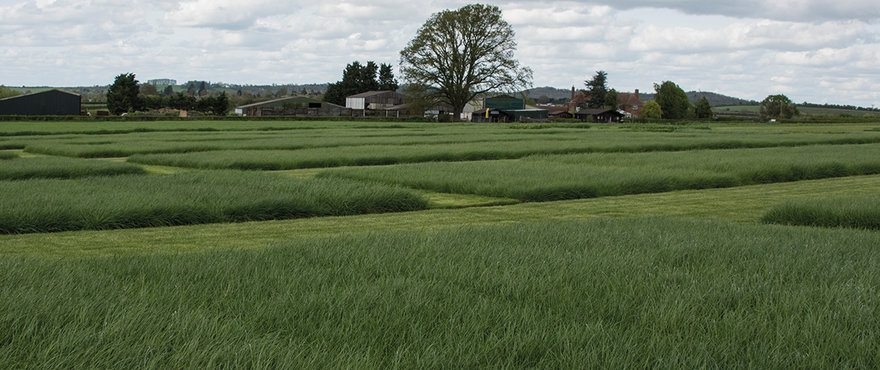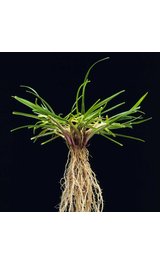Species: Lolium Perenne
Officially listed in: Scotland
Heading dates: Scotland REE 49
Ploidy: Tetraploid
Bred in: Northern Ireland
Most suited to: Any medium - long term grazing ley which will be grazed out
Digestibility
Killylea provides high quality forage from both silage and grazing management. Grazing D values and first cut silage is particularly good. It is one of only 3 varieties in the late tetraploid group to show D Values higher than control at every recorded point.
Other Attributes
Being a tetraploid, you should expect an average of 290,000 seeds per kilogram and a slightly more upright growth habit. Killylea has ground cover scores typical of the tetraploid type and to encourage tillering, will benefit from grazing, particularly in the first 12 months after establishment.
Before official recommendation, Killylea has been trialled across multiple different sites in the United Kingdom to gather data on its performance in multiple climatic conditions.
Killylea was bred for Barenbrug UK at AFBI (Agri-Food & Bioscience Institute) in Northern Ireland. The variety was named after a small village in Northern Ireland.
PERENNIAL RYEGRASS
DESCRIPTION: Dark green, densely or loosely tufted. Folded shoot and leaves.
FLOWERING HEAD: Flattened spike with the spikelets arranged alternately on opposite sides of the stem. The spikelets are stalkless with the narrow, rounded face fitting against the stem.
LEAF BLADE: Ribbed on upper surface, smooth and shiny underside. Red at base of stem.
AURICLES & LIGULE: Auricles are usually well developed, up to 1/12 of an inch (2 mm) long, or are sometimes lacking.



